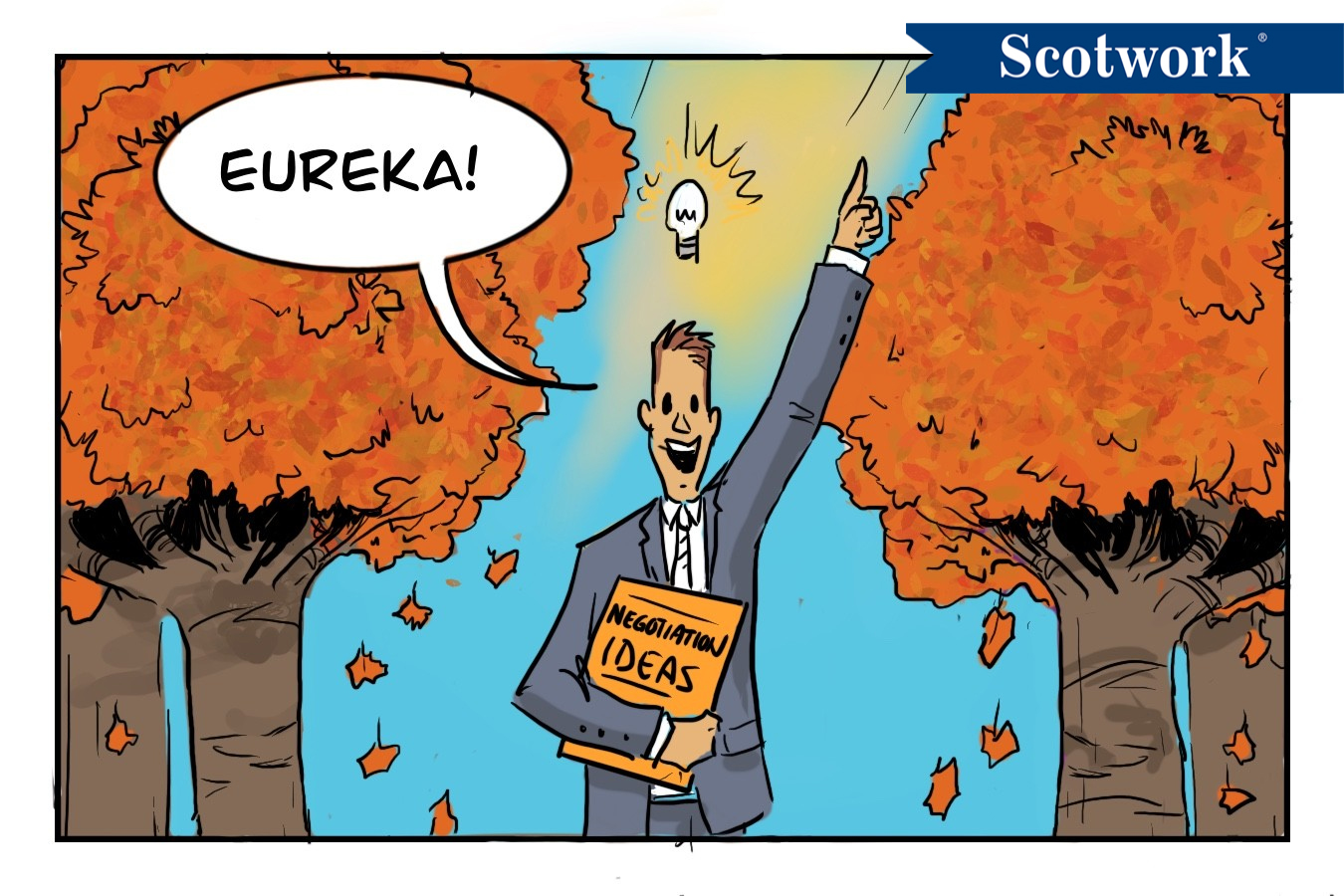Is it me or did summer fly by? September 22 was the fall equinox, and it’s the official end of summer. As the days shorten and the air turns crisp, the fall equinox is nature’s way of reminding us of the inevitability of change. It’s also a profound metaphor for what happens in a negotiation.
In every negotiation, whether personal or professional, change and transition are inevitable. Just as nature moves through its cycles, a negotiation moves through different phases, requiring flexibility and adaptability. Here are key lessons we can draw from the fall equinox to become more effective negotiators.
Embrace the Change
Cooler days and longer nights are part of the seasonal shift. This change requires us to adapt. Predictably, we put away our shorts and flip-flops and start wearing our coats and galoshes. However, changes in a negotiation may be entirely unplanned. What begins as a conversation around one issue can evolve as new information, constraints, or priorities come to light. Skilled negotiators know they must embrace the change instead of fighting it.
In Scotwork’s negotiation training, we teach dealmakers to stay focused on the outcome but to be flexible on how to get there. Being flexible with your strategy increases the likelihood that you’ll get what you want.
Recognize the Negotiation Phases
If you know how to read the stars and the seasons, the fall equinox isn’t a surprise — it’s a gradual, predictable transition. Similarly, negotiators familiar with Scotwork’s 8-Step Approach® can read a negotiation’s different phases and adjust to their advantage.
The key to a negotiator’s success lies in understanding the framework that governs all negotiations and mastering the necessary skills within each step. Dealmakers who recognize the negotiation steps (or phases) are able to continually keep their negotiations on track.
For instance, if you make a proposal and learn from the response that you didn’t have the necessary information to make it acceptable to the other side, you’ll have to go back a few steps to gather the information. This process may occur differently in every negotiation and may seem chaotic to a dealmaker who doesn’t understand the framework, but it’s entirely natural to a negotiator who does.
Adapt to External Factors
The fall equinox is driven by larger forces that we can’t control: the Earth’s tilt and its orbit. In negotiations, external factors beyond our control can also impact and even disrupt our deals. While we may not be able to control all of them, skilled negotiators do their best to anticipate them.
When consulting with clients on their negotiations, we often find ourselves helping them through debates — even arguments — over how each party sees the future. Usually, one or both sides attempt to predict the impact of an external factor — inflation, elections, labor markets, or the availability of raw materials — on their ability to meet their obligations. Instead of endlessly arguing about the future, a skilled negotiator finds a way to create a dynamic agreement that adjusts based on the impact of external factors.
The fall equinox is a powerful reminder of the cycles and changes that govern not just nature, but also human interactions. In a negotiation, embracing change, recognizing transitions, and adapting to external forces are essential to crafting agreements that everyone involved can support.
We Can Help You Navigate Negotiations’ Changing Seasons.
In a negotiation, embracing change, recognizing transitions, and adapting to external forces are essential to crafting agreements that everyone involved can support. Rely on Scotwork’s nearly 50 years of experience to help you harvest your best deals.

